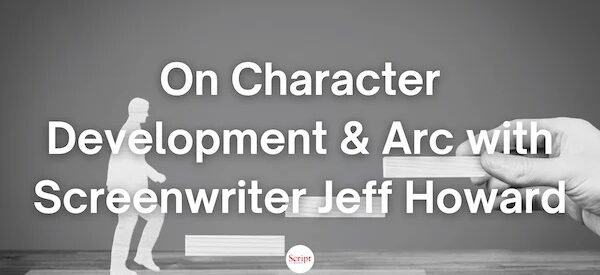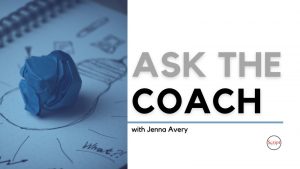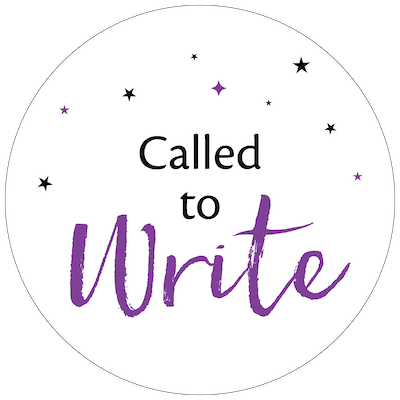In this month’s “Ask the Coach” article, I’m addressing — with help from Screenwriter Jeff Howard (‘Midnight Mass,’ ‘Haunting of Hill House,’ ‘Oculus,’ ‘Ouija: Origin of Evil,’ ‘Gerald’s Game’) — two similar but separate questions from readers about character arc and character development:
Question 1: How to develop a character arc that is consistent with the story?
Question 2: How to continue developing your characters throughout the story?
Here are the main insights discussed in response:
- Character or plot first?
- Imagine your plot and character together from the start.
- Intertwine character and action early.
- Don’t worry about ‘core wounds,’ etc.
- Think of your character as a real human being — always trying to win.
- See character as living through the eyes of another person.
- Embrace action and character as one and the same.
To me, good character work is living within the moment of what’s happening — the actual moments of the story — not laying some construct of life-changing stuff on top of your story.
— Jeff Howard
I’d love to answer them for you in my column.






